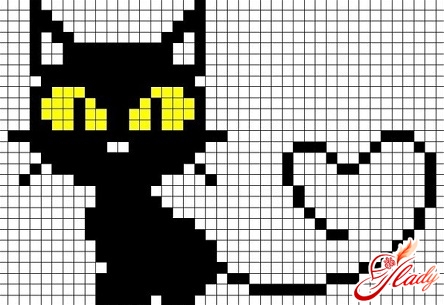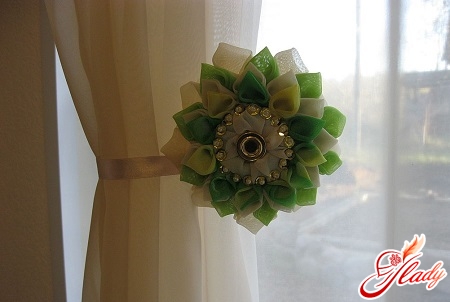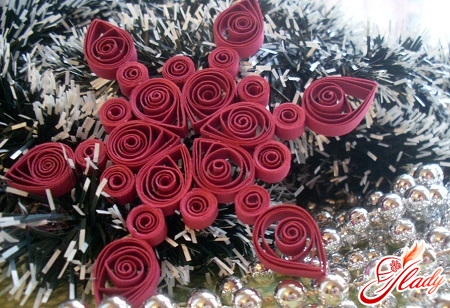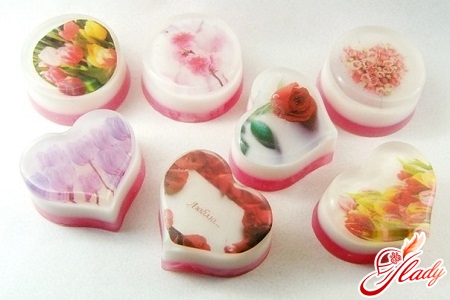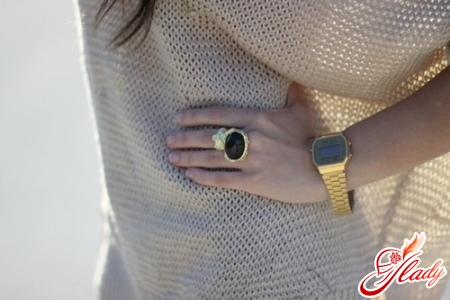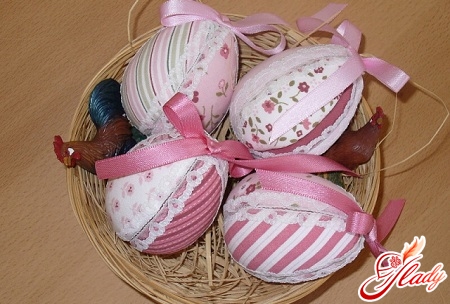 Do you know what origami, kusudama and tsumami are?kanzashi – are these not all the types of handicrafts given to us by Japanese craftsmen? For example, they have a completely unusual art of creating pictures from silk scraps. A kind of patchwork without a needle! And this amazing type of handicraft is called “kinusaiga”. And how European craftswomen managed to interpret this Japanese handicraft – it’s simply amazing! But first things first…
Do you know what origami, kusudama and tsumami are?kanzashi – are these not all the types of handicrafts given to us by Japanese craftsmen? For example, they have a completely unusual art of creating pictures from silk scraps. A kind of patchwork without a needle! And this amazing type of handicraft is called “kinusaiga”. And how European craftswomen managed to interpret this Japanese handicraft – it’s simply amazing! But first things first…
Kinusayga as an art
Like English patchwork, kinusaiga isthe result of the ability to save, this art from the category of "necessity is the mother of invention". And if European patchwork appeared due to the high cost of Indian chintz, then the emergence of kinusaiga was facilitated by the high cost of silk for kimono. Kimonos passed down by inheritance were never thrown away, but were ripped apart and made from the fabric into other, smaller items called komono. The remaining scraps were also put to use - they were "painted" on wood. First, a sketch was made on paper, and then the drawing was transferred to a wooden board-canvas. Indentations were cut along the contour of the drawing, and then pictures were painted with silk scraps, like paints. That is, the scraps were applied to the elements of the drawing, tucking the edges of the fabric into the cut grooves. Thanks to the meticulous selection of colors and shades of silk, as well as the volume of the resulting image, the paintings came out stunningly beautiful, resembling a painting, batik and a photograph at the same time. What wonderful art!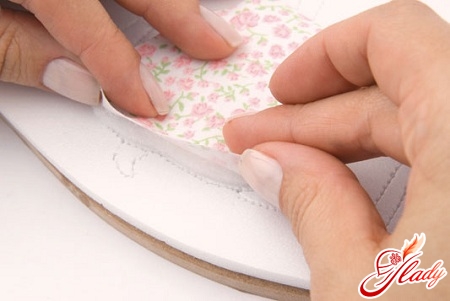
Patchwork without a needle
In the European version, the art of kinusaigais more applied. We call it "patchwork without a needle" because it is used not only for "picturesque" paintings and colorful panels, but also for decorating various household items, as well as for souvenir crafts. This technique is still quite young, but already has its adherents and even managed to get a professional name "inlay method in patchwork sewing". The technology is based on applique. Here, as well as in kinusaiga, scraps of fabric are applied to a flat or volumetric surface, their edges are tucked into pre-made slits-grooves, and as a result, some kind of pattern is obtained. For the purpose of decorating, works in the "patchwork without a needle" technique are decorated with braid, cords and ribbons. What is patchwork without a needle used for? First of all, these are all kinds of panels and pictures that serve as interior decoration. This applique is used to decorate boxes, caskets, album covers, notebooks and books. This technique is very widespread in the production of souvenir Easter eggs, Christmas tree decorations, Valentines. And patchwork without a needle is also used to decorate lampshades and even furniture. How exactly is it done?
Materials and Tools
To work in this technique you will need,First of all, foam blanks. Flat sheets can be cut from packaging containers, and three-dimensional ones (with a flat surface) can be purchased in specialized craft stores. The foam itself serves as the basis for working in this technique. It is on it that the drawing is applied, contour cuts are made on it, and multi-colored patches are applied to it. Naturally, you will need a variety of fabrics for work. Anything can be used. Silk, velvet, chintz, velor, satin, wool (and so on) will do. The sizes and colors of the patches can also be any - it all depends on your idea and the drawing. In addition to fabrics, you will need braid and ribbons of any width, texture and color, as well as cords and, possibly, beads, buttons or rhinestones. Some craftswomen use pins with heads in the form of pearls and beads to decorate three-dimensional products. Tools required for working in this technique:
- scissors for cutting fabrics,
- adhesive PVA, which the fabric will be glued to the surface of the foam,
- a drawing pencil,
- stationery knife for cutting out the outlines of a drawing,
- Stack (or any similar tool) to fill the edges of the fabric in the slot.
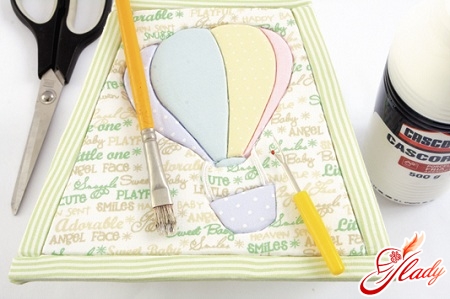
Working technique
Having prepared the materials and tools, you canproceed directly to the manufacturing process. It doesn’t matter what kind of product you have in mind. The technique for making flat paintings and volumetric souvenirs is the same. For example, you are going to make a souvenir Easter egg. To do this, draw a sketch, defining the pattern and coloring. However, drawing is not necessary, you can experiment right as you go. So, take a foam blank in the shape of an egg and apply the boundaries of the drawing to it with a pencil: it is best to divide the egg into sectors with meridian lines diverging from the center of the sharp end of the egg and connecting in the center of the blunt end. Then cut out patches from fabric (it is advisable to take shiny silk or satin) in the shape of the sectors, but slightly larger. By the way, you can use wide satin ribbons for these purposes, which are simply cut into pieces of the desired length. Then place the first patch on the blank, securing its end to the top of the egg with a pin. And then carefully tuck the edges of the flap into the slits on the foam, slightly stretching and straightening the fabric - one sector is "painted". Close all the other parts in the same way. Having covered the entire form with flaps, decorate the slits with a beautiful braid, gluing it, and decorate the egg with beads and rhinestones. That's all! By the way, the technique for decorating three-dimensional forms can be slightly different. To do this, you do not need to make slits in the workpiece, but overlap the flaps on it, tucking in the edges of the fabric and securing it with pins. As for paintings and panels, they are made using the first method, that is, cutting out the contours of the drawing. But such a product also requires a frame. When making a rectangular frame, cut out a large piece of fabric, the dimensions of which are approximately five centimeters larger on each side than the picture itself. Then place the fabric face down on the table, and place the picture on it. Along the edge of the picture, make slits of the frame border and, wrapping the free edges of the fabric onto the picture, tuck them into the slits. For durability of the images, you can "plant" the flaps on glue or coat only the slits with glue. And for relief of the picture, you can put synthetic padding under the flaps of fabric, which also needs to be pre-fixed to the foam with glue. Here is such a surprisingly simple technique and an original way of making souvenirs. Patchwork without a needle will fully satisfy your creative needs, even if you do not know how and do not like to sew, but are a fan of patchwork. Create, build and enjoy the process and the result! We recommend reading:




